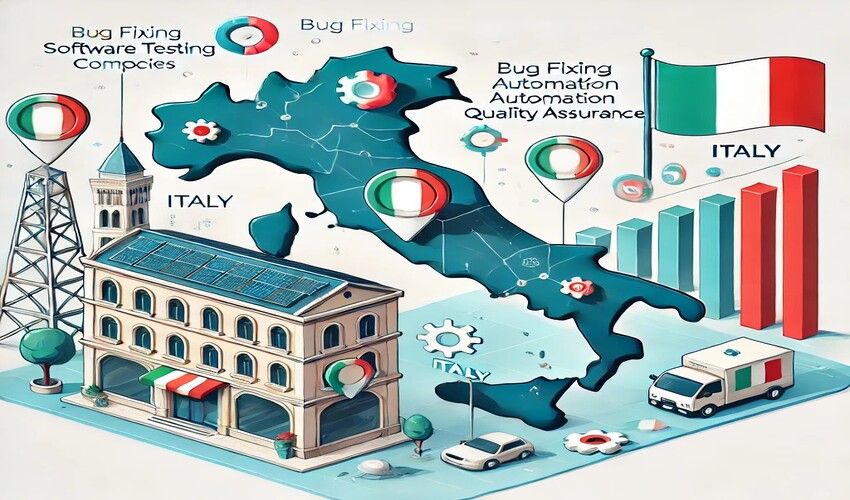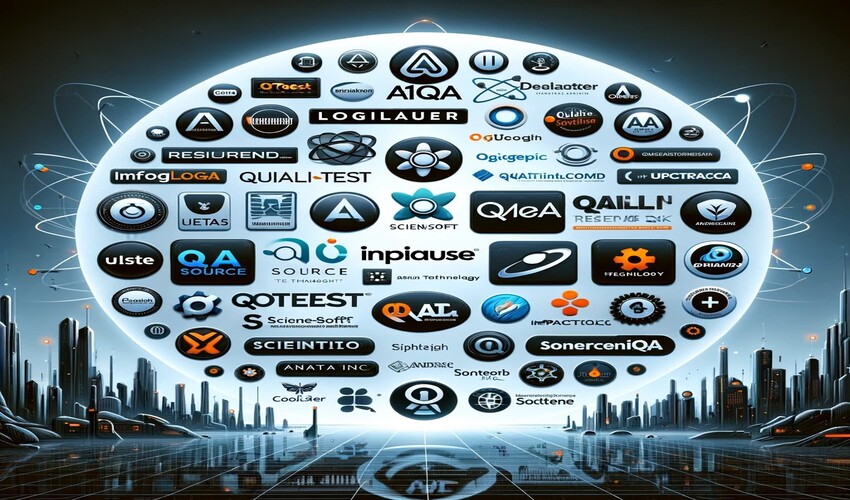Last updated on July 26th, 2021 at 05:14 am
The main purpose of an issue tracking tool is to record as well as to follow up on the issues and bugs’ progress that are identified in software. The issue can be of any type, it needs to be monitored. The issue can be tracked based on different factors and they are assigned a priority level on which the needs to be dealt with.
An issue tracking tool can be customized as per the team’s need so that they can perform the required tasks and it also serves as a central team through which everyone can follow up and communicate regarding the errors. These tools are updated from time to time so that all the latest requirements of the users can be fulfilled. These tools work around tickets, a small card. It is the smallest tracking unit that contains the necessary information about the issue, such as priority status, definition, and other important data.
How issue tracking tools make work simpler and manageable?
Every issue which is managed through the issue tracking tool (ITS) has certain information associated with it. Some issues should be solved on an urgent basis as it might cause roadblock and numerous features rely on them. Similarly, there can be issues that might have zero to low urgency and can be fixed over time. With these issue tracking tools, the task can be easily assigned to different people based on their expertise level. It helps to monitor the work progress and check how much time is spent on every task.
These tools also allow team leaders to perform the statistical analysis, confirm internal workflows, and generate tickets as per request. Modern issue tracking tools have more advanced features that easily manage entire work through a single dashboard. They also provide essential measures to ensure that these tools are tightly integrated with project management tools and adequately resolving the issues.
Value of issue tracking tool for an organization
Spreadsheets are one of the traditional and ineffective ways through which organizations used to track issues and maintain records. In customer-focused organizations, issues keep on increasing with time, and maintaining the record of a product or project becomes difficult. These methods are not suitable for a collaborative environment as it does not allow different team members to work together and identify the issues. It also leads to issues falling through the cracks which create a negative impact on the customer.
Whereas a robust tracking tool is integrated into an Agile environment, it helps with the automation of numerous processes. All tasks can be viewed and performed in a single place.
Benefits of issue tracking tools:
- Set priority of issues
- Assign tasks to different people based on their expertise
- Manage issues through reports and dashboards
- Collaborate with team on issues which seems of high priority
- Take initiatives for product improvement by using trending capabilities
Factors to Consider while opting for Issue Tracking Tool
All sorts of issues are important and they need to be fixed to maintain integrity and credibility. As proper records of the issues are maintained in these tools, it also helps to identify the pattern of the issues which might happen shortly. Here are a few features to consider while choosing the tool.
Ability to prioritize the issue
The issue tracking tool needs to filter and prioritize the issues based on the customer’s information. And maintain a log that can help prioritize the urgency of the issue to be fixed.
Group similar issues
The tools should also have a feature which enables to group issues that are identical and categorize them as one unit, or one single defect. This assists the teams in organizing the defects and issues in a better way.
Integration with tools
This tool needs to seamlessly integrate with other project management tools so that all work is done through one platform rather than opening multiple dashboards. This feature helps in managing the impact and resolution of the issues.
Dashboard and Reporting Facility
The tool should be smart enough to create detailed and self-explanatory reports. It also mentions all the essential information of the issues at one dashboard so that the user does not have to toggle between different screens or pages to work around simple things.
Collaboration Capabilities
The agile work approach is more about visualizing the holistic approach to understand the progress and make decisions for future aspects. So one needs to make sure that the tool they are considering is suitable for the agile work environment.

As a Senior Marketing Consultant at Kualitatem, Ray Parker loves to write tech-related news, articles, specifically quality assurance and information security. I have had years of experience writing in different tech niches and among some include, Dzone, SAP, Dataflop and Readwrite etc. Apart from his techie appearance, he enjoys soccer, reading mysteries, and spending long hours working over at the New York office.
















Leave a Reply